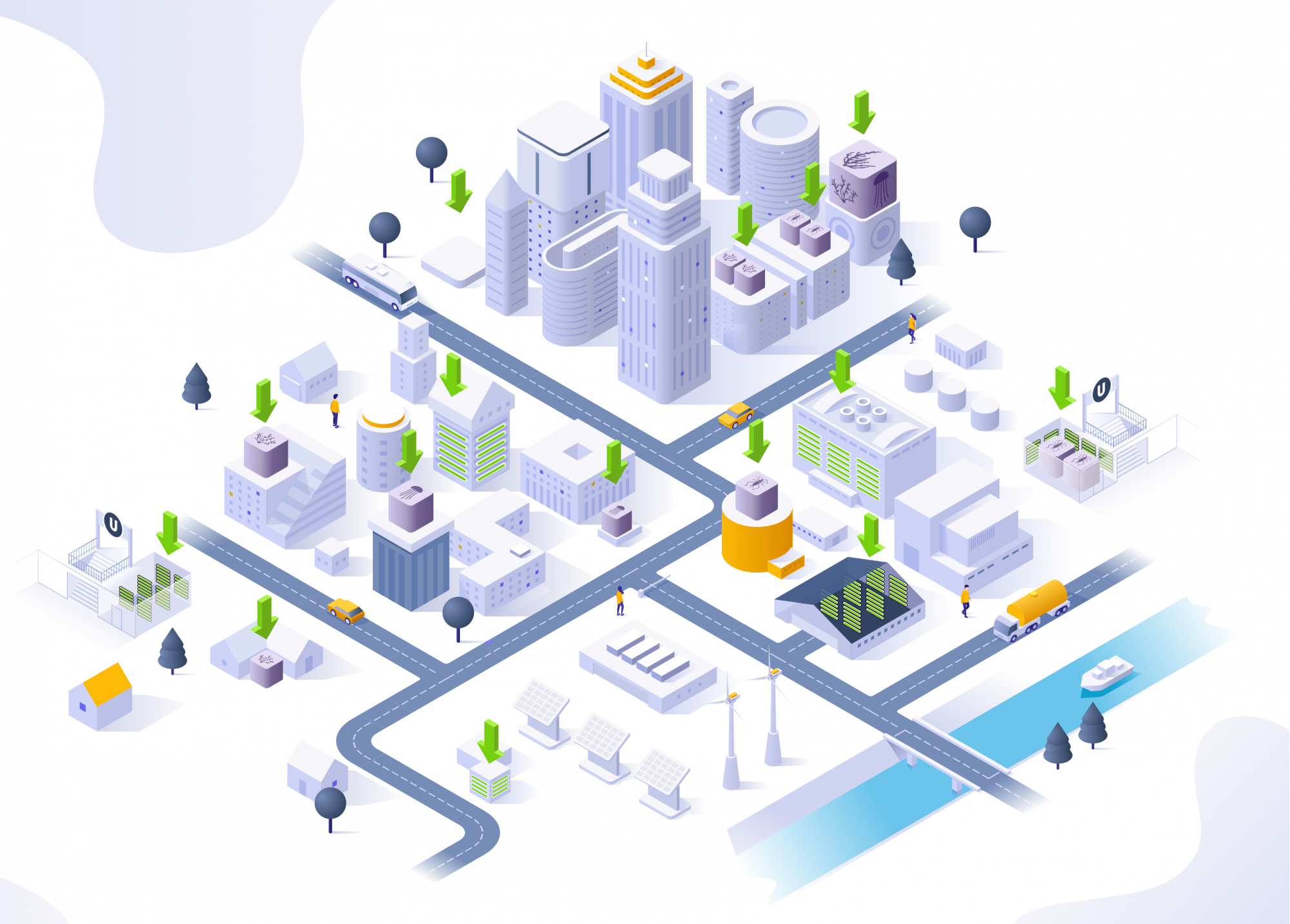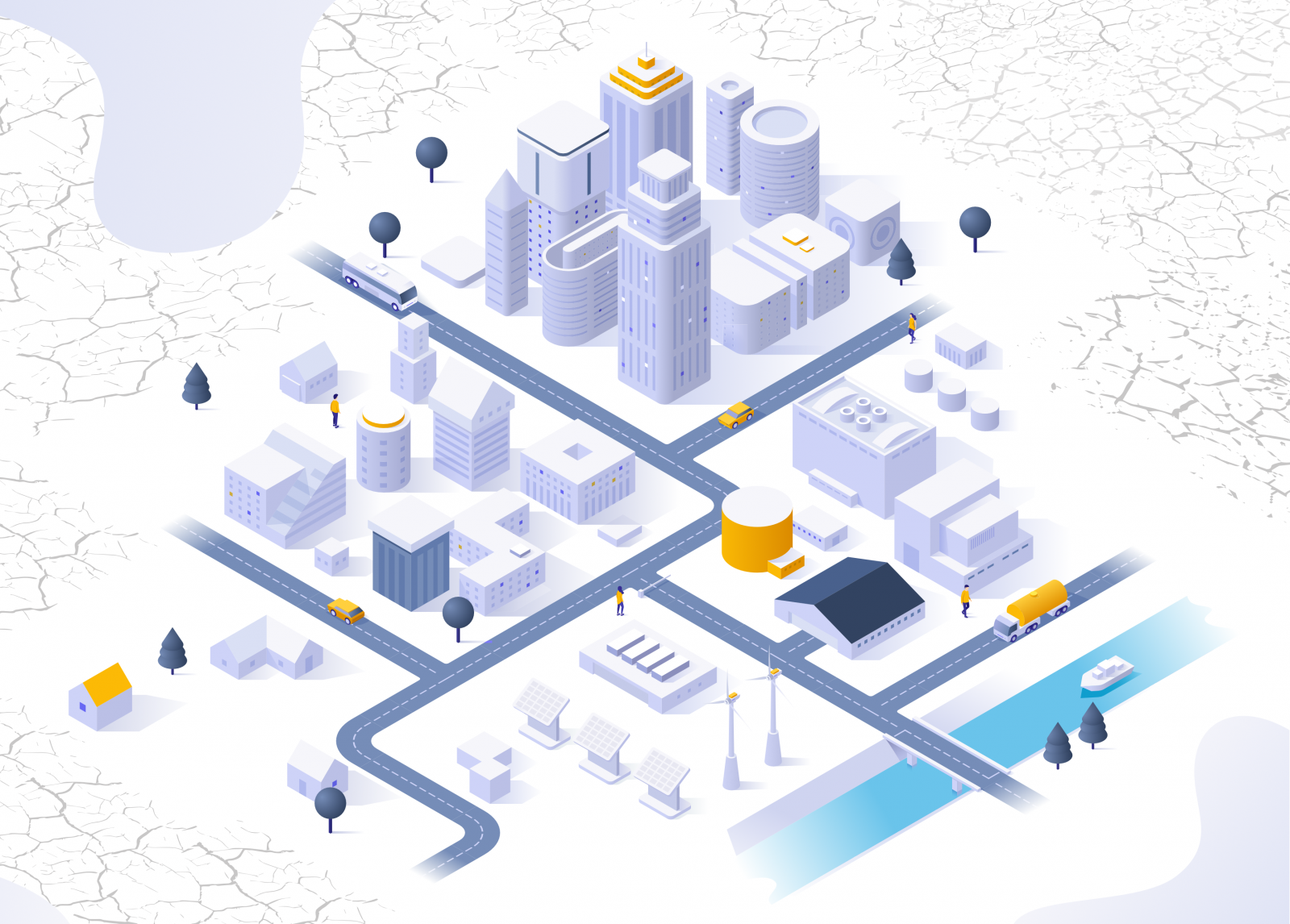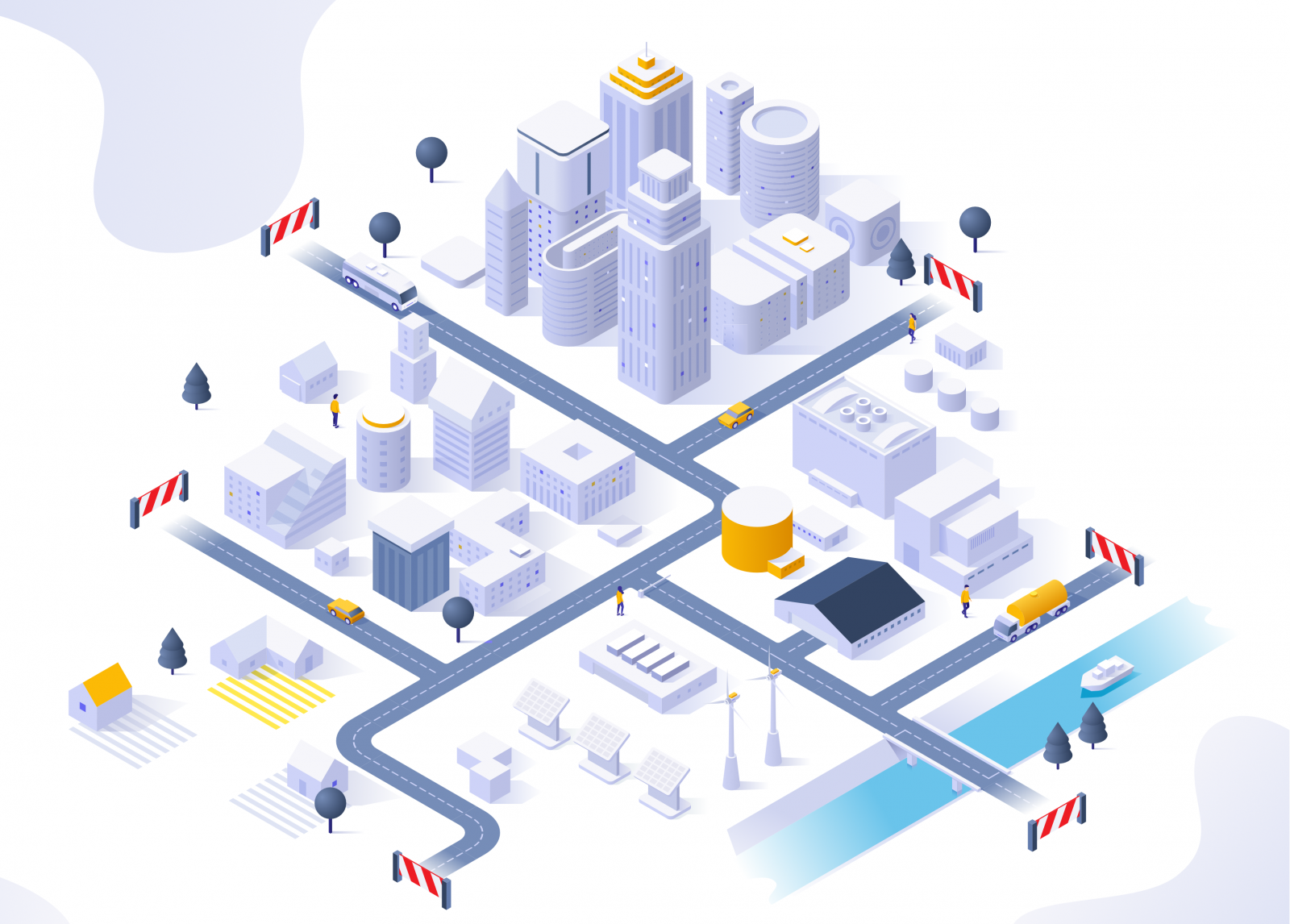Our Vision
What will our food look like in future if fresh water and agricultural land become scarce? How can we still ensure a healthy diet for all?
The food4future vision for the food of the future includes nutritious and healthy food from diverse food sources for all people at all times, produced in sustainable and urban food systems within planetary boundaries.
To achieve this, food will also be produced in urban areas in a sustainable and flexible manner, so that value chains and distances for distribution become shorter. To ensure that the already scarce space in the cities does not become even more scarce, derelict areas such as disused subway tunnels or former industrial buildings are being turned into new places for food production.
Our diet is diversified and include food sources, which are currently neglected: Among others, we eat innovative food products that consist of saline, i.e. salt-loving, model organisms such as jellyfish, marine macroalgae, salt plants (halophytes) and insects (crickets). This also has implications on our food culture by means of production and consumption.
We have developed new indoor production units made of novel, sustainable materials to better tap into these nutrient sources. In addition, smart nutrition will ensure that each person is provided with nourishment individually and according to their needs.
But how can we make this vision a reality?
Extreme scenarios as impulses
The world's population is growing rapidly: current estimates predict that more than 9.3 billion people will live on earth by 2050, and that most of them will live in or near cities. This makes it increasingly difficult to ensure the production of sufficient and healthy food to meet demand. Dwindling resources, climate change, land degradation and geopolitical instabilities may exacerbate this problem. We assume that current agricultural systems will no longer be able to meet our ecological, economic and social requirements in the future.
In food4future, we use an exciting method from socio-economic research: future scenarios. These future scenarios - and especially extreme scenarios - can help us to better visualize future trends, technological opportunities, global changes or even possible impending crises.
In food4future, we look at two extreme scenarios that serve as qualitative impulses for innovative approaches to solutions: No Land and No Trade.
No Land
In the 'No Land' scenario, a decreasing land area is available for the production of food. On the one hand, causes can be attributed to the effects of climate change - fresh water shortages and soil salinization - while at the same time, more and more people have to be fed. There is also greater competition for the use of available land. On the other hand, it is conceivable that the natural areas that are still available are progressively being used as protected areas and to sink the CO2 levels. These are therefore no longer available for agriculture.
Traditional agriculture as we know it is only possible to a certain extent and alternative areas and spaces have to be put to use. Urban space is gaining importance for food production. These urban spaces, such as house roofs, cellars or tunnels, are used to produce sufficient healthy food.
No Trade
In the 'No Trade' scenario, trade relations between countries become increasingly difficult and mutual isolation rises. Imports and exports, especially of staple foods, are only possible to a very limited extent. In this scenario, the efficient supply of nutrients to the country's own population is a priority. Animal products become more expensive because all available land is needed for the primary care of the population. Alternative nutrient sources such as insects become more attractive. Decentralized production of special foods to supplement the usual daily diet increases.


